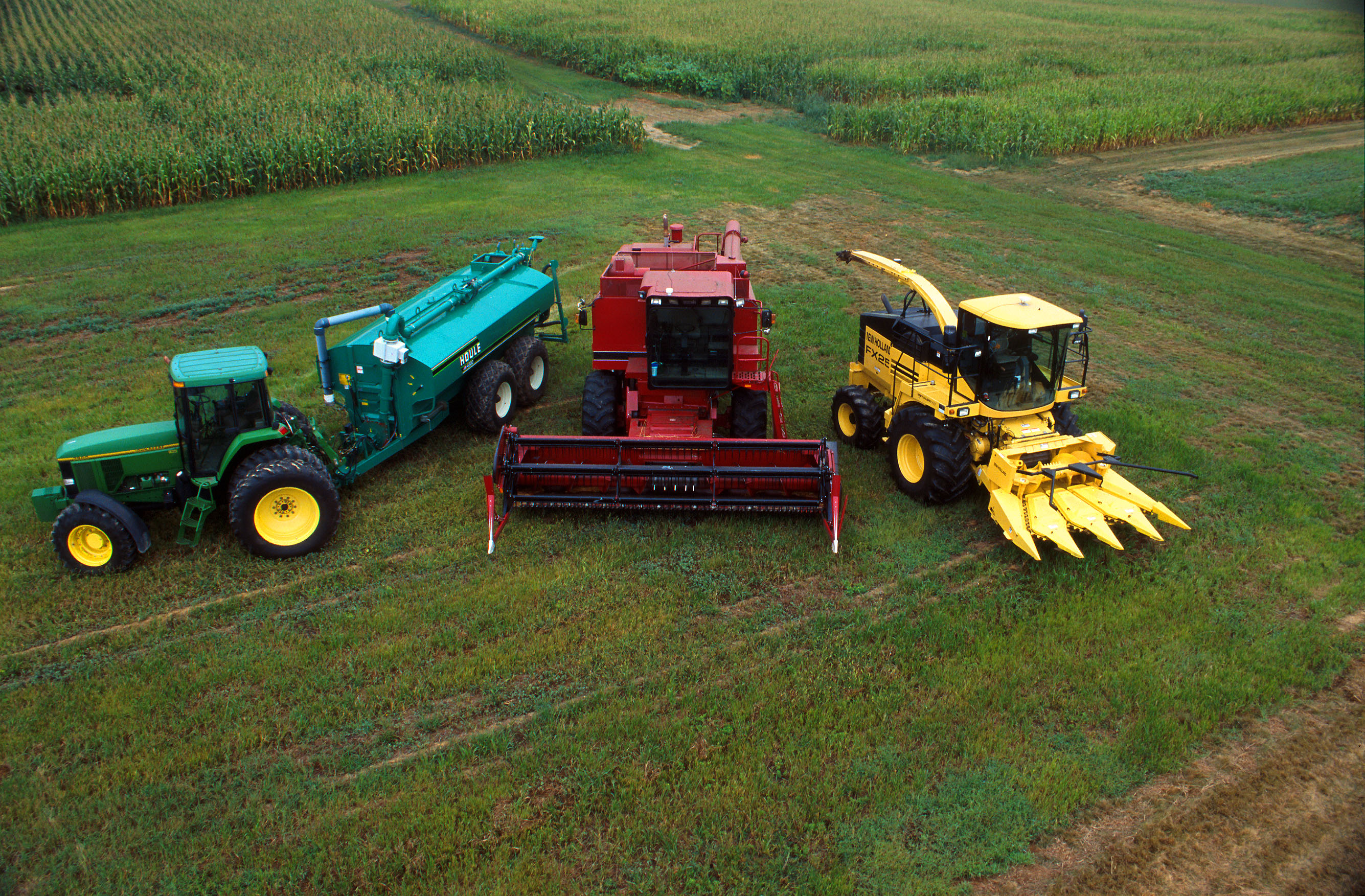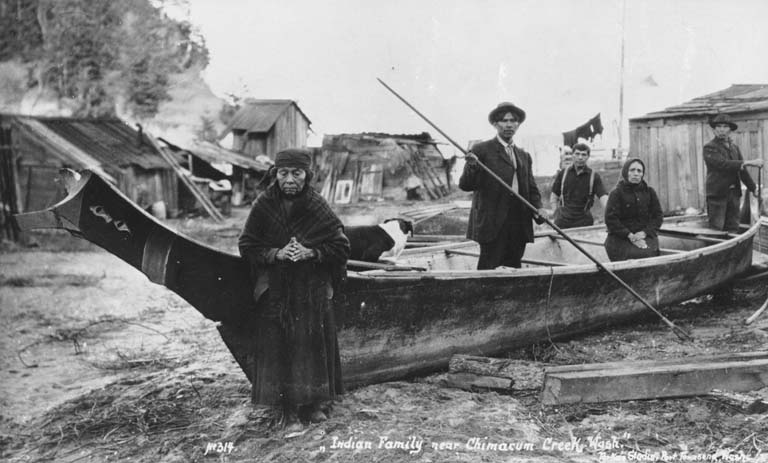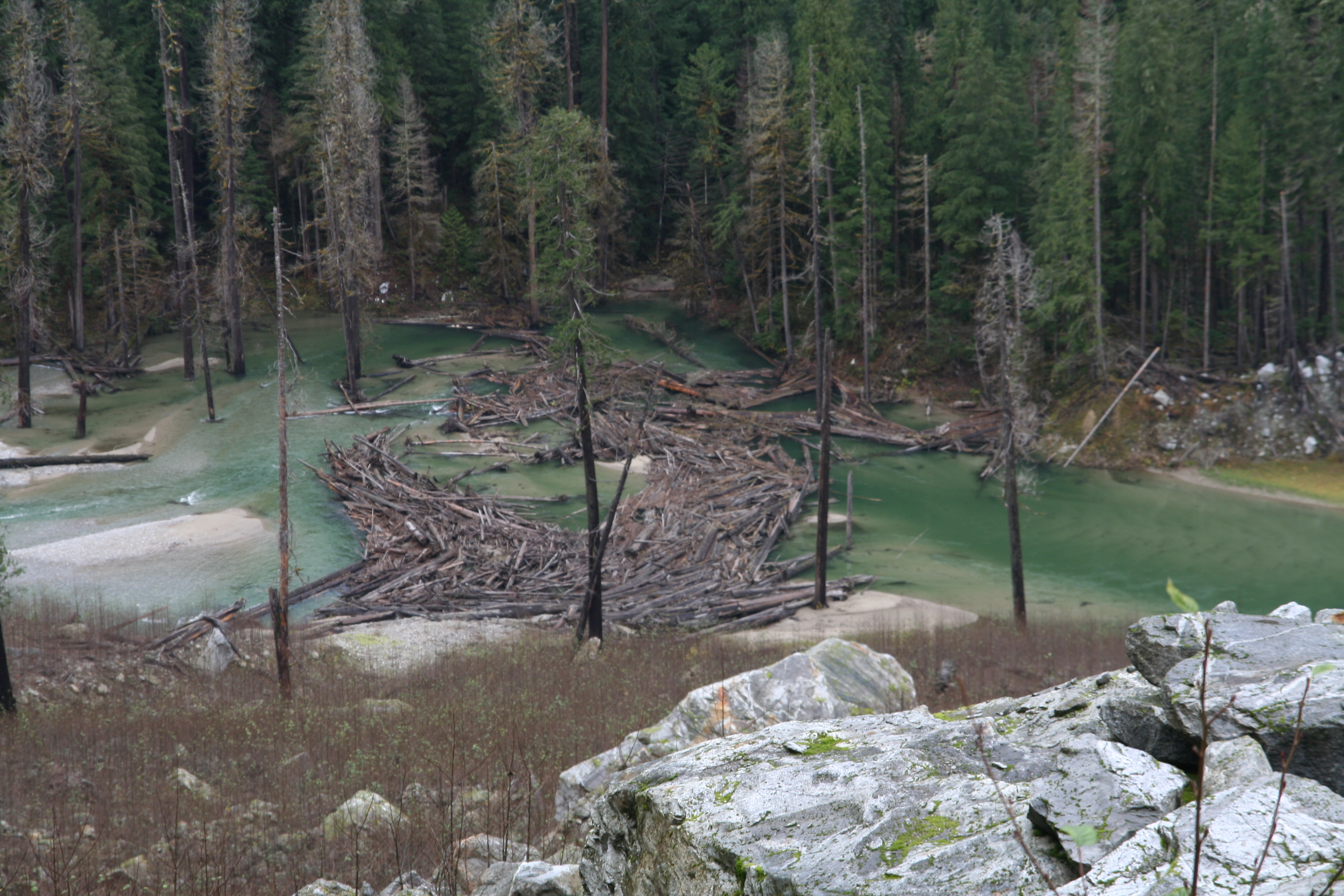|
Avon, Washington
Avon, Washington is an unincorporated community in Skagit County, Washington, along the Skagit River. Its neighboring towns include Mount Vernon and Burlington. Local historians have speculated that Avon is named after Stratford-upon-Avon. The Avon area was developed as a waterfront town and logging and docking area on the West side of the Skagit River. The place of the original waterfront area is East of Bennett road and South of Avon St. Before 1879, two log jams East of Mount Vernon blocked the Skagit River further West. Along the docking area, Western Red cedar were cut down, harvested for shingle bolts. After the logging, the land was cleared and Avon became a town. Early homesteaders of the area were Thomas McCain in 1876 and Charles Conrad in 1881. Arthur Henry Skaling opened a store October 27, 1883, on land he purchased from W.H. Miller who had settled there the year before. According to early resident Ada Hall, W.H. Miller settled this property in 1874 and built the firs ... [...More Info...] [...Related Items...] OR: [Wikipedia] [Google] [Baidu] |
Unincorporated Area
An unincorporated area is a region that is not governed by a local municipal corporation. Widespread unincorporated communities and areas are a distinguishing feature of the United States and Canada. Most other countries of the world either have no unincorporated areas at all or these are very rare: typically remote, outlying, sparsely populated or List of uninhabited regions, uninhabited areas. By country Argentina In Argentina, the provinces of Chubut Province, Chubut, Córdoba Province (Argentina), Córdoba, Entre Ríos Province, Entre Ríos, Formosa Province, Formosa, Neuquén Province, Neuquén, Río Negro Province, Río Negro, San Luis Province, San Luis, Santa Cruz Province, Argentina, Santa Cruz, Santiago del Estero Province, Santiago del Estero, Tierra del Fuego Province, Argentina, Tierra del Fuego, and Tucumán Province, Tucumán have areas that are outside any municipality or commune. Australia Unlike many other countries, Australia has only local government in Aus ... [...More Info...] [...Related Items...] OR: [Wikipedia] [Google] [Baidu] |
Homesteading
Homesteading is a lifestyle of self-sufficiency. It is characterized by subsistence agriculture, home preservation of food, and may also involve the small scale production of textiles, clothing, and craft work for household use or sale. Pursued in different ways around the world—and in different historical eras—homesteading is generally differentiated from rural village or commune living by isolation (either socially or physically) of the homestead. Use of the term in the United States dates back to the Homestead Act (1862) and before. In sub-Saharan Africa, particularly in nations formerly controlled by the British Empire, a homestead is the household compound for a single extended family. In the UK the terms '' smallholder'' and '' croft'' are rough synonyms of ''homesteader''. Modern homesteaders often use renewable energy options including solar and wind power. Many also choose to plant and grow heirloom vegetables and to raise heritage livestock. Homesteading is ... [...More Info...] [...Related Items...] OR: [Wikipedia] [Google] [Baidu] |
Methodist Church
Methodism, also called the Methodist movement, is a group of historically related Christian denomination, denominations of Protestantism, Protestant Christianity whose origins, doctrine and practice derive from the life and teachings of John Wesley. George Whitefield and John's brother Charles Wesley were also significant early leaders in the movement. They were named ''Methodists'' for "the methodical way in which they carried out their Christian faith". Methodism originated as a Christian revival, revival movement within the 18th-century Church of England and became a separate denomination after Wesley's death. The movement spread throughout the British Empire, the United States, and beyond because of vigorous Christian mission, missionary work, today claiming approximately 80 million adherents worldwide. Wesleyan theology, which is upheld by the Methodist churches, focuses on sanctification and the transforming effect of faith on the character of a Christians, Christian ... [...More Info...] [...Related Items...] OR: [Wikipedia] [Google] [Baidu] |
Levee
A levee (), dike (American English), dyke (Commonwealth English), embankment, floodbank, or stop bank is a structure that is usually earthen and that often runs parallel to the course of a river in its floodplain or along low-lying coastlines. The purpose of a levee is to keep the course of rivers from changing and to protect against flooding of the area adjoining the river or coast. Levees can be naturally occurring ridge structures that form next to the bank of a river, or be an artificially constructed fill or wall that regulates water levels. Ancient civilizations in the Indus Valley, ancient Egypt, Mesopotamia and China all built levees. Today, levees can be found around the world, and failures of levees due to erosion or other causes can be major disasters. Etymology Speakers of American English (notably in the Midwest and Deep South) use the word ''levee'', from the French word (from the feminine past participle of the French verb , 'to raise'). It originated ... [...More Info...] [...Related Items...] OR: [Wikipedia] [Google] [Baidu] |
IOOF
The Independent Order of Odd Fellows (IOOF) is a non-political and non-sectarian international fraternal order of Odd Fellowship. It was founded in 1819 by Thomas Wildey in Baltimore, Maryland, United States. Evolving from the Order of Odd Fellows founded in England during the 18th century, the IOOF was originally chartered by the Independent Order of Oddfellows Manchester Unity in England but has operated as an independent organization since 1842, although it maintains an inter-fraternal relationship with the English Order. The order is also known as the ''Triple Link Fraternity'', referring to the order's "Triple Links" symbol, alluding to its motto "Friendship, Love and Truth". While several unofficial Odd Fellows Lodges had existed in New York City circa 1806–1818, because of its charter relationship, the American ... [...More Info...] [...Related Items...] OR: [Wikipedia] [Google] [Baidu] |
Milliner
Hat-making or millinery is the design, manufacture and sale of hats and other headwear. A person engaged in this trade is called a milliner or hatter. Historically, milliners, typically women shopkeepers, produced or imported an inventory of garments for men, women, and children and sold these garments in their millinery shop. Many milliners worked as both milliner and fashion designer, such as Rose Bertin, Jeanne Lanvin, and Coco Chanel. The millinery industry benefited from industrialization during the nineteenth century. In 1889 in London and Paris, over 8,000 women were employed in millinery, and in 1900 in New York, some 83,000 people, mostly women, were employed in millinery. Though the improvements in technology provided benefits to milliners and the whole industry, essential skills, craftsmanship, and creativity are still required. Since the mass-manufacturing of hats began, the term milliner is usually used to describe a person who applies traditional hand-craftsmanshi ... [...More Info...] [...Related Items...] OR: [Wikipedia] [Google] [Baidu] |
Farm Equipment
Agricultural machinery relates to the mechanical structures and devices used in farming or other agriculture. There are many types of such equipment, from hand tools and power tools to tractors and the countless kinds of farm implements that they tow or operate. Diverse arrays of equipment are used in both organic and nonorganic farming. Especially since the advent of mechanised agriculture, agricultural machinery is an indispensable part of how the world is fed. History The Industrial Revolution With the coming of the Industrial Revolution and the development of more complicated machines, farming methods took a great leap forward. Instead of harvesting grain by hand with a sharp blade, wheeled machines cut a continuous swath. Instead of threshing the grain by beating it with sticks, threshing machines separated the seeds from the heads and stalks. The first tractors appeared in the late 19th century. Steam power Power for agricultural machinery was originally supplied ... [...More Info...] [...Related Items...] OR: [Wikipedia] [Google] [Baidu] |
Shake (shingle)
Wood shingles are thin, tapered pieces of wood primarily used to cover roofs and walls of buildings to protect them from the weather. Historically shingles, also known as shakes, were split from straight grained, knot free ''bolts'' of wood. Today shingles are mostly made by being cut which distinguishes them from shakes, which are made by being split out of a bolt. Wooden shingle roofs were prevalent in the North American colonies (for example in the Cape-Cod-style house), while in central and southern Europe at the same time, thatch, slate and tile were the prevalent roofing materials. In rural Scandinavia, wood shingle roofs were a common roofing material until the 1950s. Wood shingles are susceptible to fire and cost more than other types of shingle so they are not as common today as in the past. Distinctive shingle patterns exist in various regions created by the size, shape, and application method. Special treatments such as swept valleys, combed ridges, decorative butt ... [...More Info...] [...Related Items...] OR: [Wikipedia] [Google] [Baidu] |
Skagit County, Washington
Skagit County is a county in the U.S. state of Washington. As of the 2020 census, the population was 129,523. The county seat and largest city is Mount Vernon. The county was formed in 1883 from Whatcom County and is named for the Skagit Indian tribe, which has been indigenous to the area prior to European-American settlement. Skagit County comprises the Mount Vernon-Anacortes, WA Metropolitan Statistical Area, and is included in the Seattle- Tacoma, WA Combined Statistical Area. It is located in the Puget Sound region. Geography According to the United States Census Bureau, the county has a total area of , of which is land and (9.8%) is water. It is noted for its broad, fertile valley of the Skagit River, a center for cultivation of tulips and strawberries. Geographic features * Allan Island * Burrows Island * Cascade Mountains * Cypress Island *Fir Island *Fidalgo Island * Guemes Island * Hart Island *Hope Island * Kiket Island *Pass Island * Samish Island * Sau ... [...More Info...] [...Related Items...] OR: [Wikipedia] [Google] [Baidu] |
Western Red Cedar
''Thuja plicata'' is an evergreen coniferous tree in the cypress family Cupressaceae, native to western North America. Its common name is western redcedar (western red cedar in the UK), and it is also called Pacific redcedar, giant arborvitae, western arborvitae, just cedar, giant cedar, or shinglewood. It is not a true cedar of the genus ''Cedrus''. Description ''Thuja plicata'' is a large to very large tree, ranging up to tall and in trunk diameter. Trees growing in the open may have a crown that reaches the ground, whereas trees densely spaced together will exhibit a crown only at the top, where light can reach the leaves. The trunk swells at the base and has shallow roots. The bark is thin, gray-brown and fissured into vertical bands. As the tree ages, the top is damaged by wind and replaced by inferior branches. The species is long-lived; some trees can live well over a thousand years, with the oldest verified aged 1,460. The foliage forms flat sprays with scale-like l ... [...More Info...] [...Related Items...] OR: [Wikipedia] [Google] [Baidu] |
Log Jam
A log jam is a naturally occurring phenomenon characterized by a dense accumulation of tree trunks and pieces of large wood across a vast section of a river, stream, or lake. ("Large wood" is commonly defined as pieces of wood more than in diameter and more than long) Log jams in rivers and streams often span the entirety of the water's surface from bank to bank. Log jams form when trees floating in the water become entangled with other trees floating in the water, or become snagged on rocks, large woody debris, or other objects anchored underwater. They can build up slowly over months or years, or they can happen instantaneously when large numbers of trees are swept into the water after natural disasters. A notable example caused by a natural disaster is the log jam that occurred in Spirit Lake following a landslide triggered by the eruption of Mount St. Helens. Until they are dismantled by natural causes or humans, log jams can grow exponentially as more wood arriving from ups ... [...More Info...] [...Related Items...] OR: [Wikipedia] [Google] [Baidu] |

.jpg)
.jpg)




